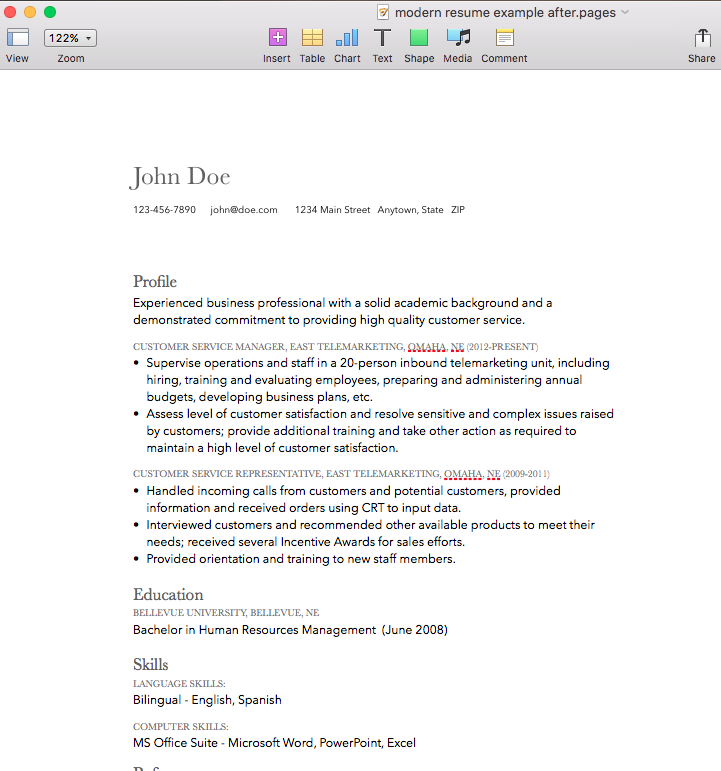Juanita Roushdy has a question about continuing to use a version of Pages she prefers: I have an iMac running Mac OS X 10.6.8 and uses Pages ’09 (version 4.1), which I absolutely love and use. The history of macOS, Apple's current Mac operating system originally named Mac OS X until 2012 and then OS X until 2016, began with the company's project to replace its 'classic' Mac OS.That system, up to and including its final release Mac OS 9, was a direct descendant of the operating system Apple had used in its Macintosh computers since their introduction in 1984. Dash is an API Documentation Browser and Code Snippet Manager. Dash searches offline documentation of 200+ APIs and stores snippets of code. You can also generate your own documentation sets.
Download Pages For Mac Os X 10.6.8
Mac OS X is Apple's operatingsystem for its line of Macintosh computers. Its interface, known asAqua, is built on a Unix foundation. Although ithas much of the look and feel of the former Mac OS,features such as preemptive multitasking, symmetric multiprocessing,multithreading, and protected memory give Mac OS X improved stabilityand performance. For the current version's system requirements, seeApple's Mac OS XTechnical Specifications.

Currently, four Mac OS X-related products are available:

Pages For Mac Os X 10.8.5
Mac OS X: This is the version most Macintoshowners should use. It is a consumer operating system designed for useon your personal computer. For more information, see Apple's Mac OS X page and Developer page forMac OS X.
Mac OS X Server: This is Apple's server operatingsystem. It is similar to the consumer release of Mac OS X, but alsoincludes a suite of network services, such as a print server, filesharing, QuickTime streaming, NetBoot, and advanced webhosting. For more information, see Apple's Mac OS X Server page.
iOS: Based on Mac OS X, versions of iOS run on theiPhone, the iPod touch, and the iPad. The iOS was designed forhandheld devices, and is much more tightly controlled than otherversions of Mac OS X. Despite their shared origins, applications(apps) developed for iOS are not compatible with Mac OS X, and viceversa.
Pages For Mac Os X 10.11.6
Darwin:Darwin is the Unix-likefoundation upon which Mac OS X is based. Its code is opensource, and it is available as a stand-alone operatingsystem. Although Darwin will run many Unix applications, including theX Window System, it does not have the Mac OS X interfaceand thus will not run Mac OS X applications. For more information, seeApple's Developer Open Sourcepage.

Use Software Update
- Choose System Preferences from the Apple menu , then click Software Update to check for updates.
- If any updates are available, click the Update Now button to install them. Or click “More info” to see details about each update and select specific updates to install. You might be asked to enter your administrator password.
- When Software Update says that your Mac is up to date, the installed version of macOS and all of its apps are also up to date. That includes Safari, Music, Photos, Books, Messages, Mail, Calendar, and FaceTime.
- To automatically install future updates, including for apps that you got from the App Store, select “Automatically keep my Mac up to date.” Your Mac will notify you when updates require it to restart, so you can always choose to install those later.
Pages For Mac Os X El Capitan
Update the software on your iPhone, iPad, or iPod touch
Pages For Mac Os X Yosemite
Learn how to update your iPhone, iPad, or iPod touch to the latest version of iOS or iPadOS.
Pages For Mac Os X Lion 10.7.5
Learn more
Pages For Mac Os X El Capitan
- Learn how to get updates for earlier versions of macOS that don't include Software Update preferences.
- You can also use the App Store to update apps or redownload apps that came from the App Store.
- Learn which macOS your Mac is using and how to upgrade to the latest macOS.
- When your Mac is connected to a Personal Hotspot, large updates don't download automatically.